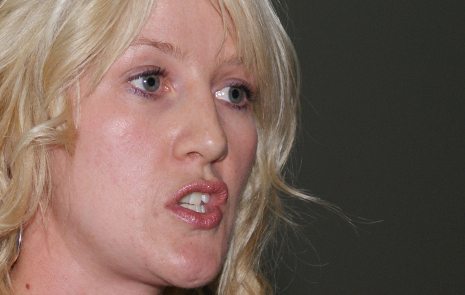Saskatchewan wheat and barley growers could pay additional levies as early as this summer.
Groups attempting to establish commissions in the province have submitted their plans to government in hopes of opening offices in June and collecting a checkoff by Aug. 1.
That is a lot sooner than originally anticipated. In September, the Agricultural Producers Association of Saskatchewan said it could take two years to get the commissions up and running.
The wheat plan proposes a 52 cent per tonne refundable levy that will raise $4.5 million annually, while the barley plan is for a 50 cent refundable levy that will generate $1 million in check-off revenue.
Read Also

Saskatchewan throne speech promises strong economy
Saskatchewan’s legislative agenda for the coming year will focus on meeting the challenges of new world trading relationships, said the speech from the throne.
Plans for the two commissions have been submitted to the Saskatchewan Agri-Food Council. Growers have until March 2 to provide comments on the plans.
The Agri-Food Council will then review the plans and the comments and make its recommendation to the provincial agriculture minister, who will give the respective councils a thumbs up or a thumbs down.
Cherilyn Nagel, interim chair of the proposed Saskatchewan Wheat Development Commission, said June is an aggressive timeline for setting up an office, considering the first meeting about establishing a wheat commission was held last June.
She encouraged wheat growers to provide their comments on the establishment plans.
“We’ve spoken to as many different producers and producer groups around the province as we could and generated a lot of letters of support and this is the opportunity for people to make additional comments on what they think about this commission.”
Nagel said the total levy paid by the province’s wheat growers will be $1 per tonne when the proposed wheat commission checkoff is combined with the 48 cents collected to fund the Western Grains Research Foundation, the Canadian International Grains Institute and the Canadian Malting Barley Technical Centre.
“Based on some discussions that we’ve had with producers, around $1 per tonne would be palatable,” she said.
It’s one-third of the $2.91 per tonne non-refundable levy that Australian wheat growers pay. The total barley levy will be $1.06 per tonne.
Bill Cooper, interim chair of the proposed Saskatchewan Barley Development Commission, said 50 cents per tonne seemed reasonable.
“We wanted it similar to what Alberta has. We didn’t want to have too much differentiation there. It will be roughly the same,” he said.
The wheat committee’s projected annual revenue figure of $4.5 million is based on assumptions of an average of 11.35 million acres of spring wheat and durum planted annually, a buyer remittance level of 87.5 percent and a grower refund rate of 7.5 percent.
“We can really do something with $4.5 million,” said Nagel.
General and administrative expenses are projected to consume $540,000 annually and another $480,000 will be saved in reserve funding, leaving about $3.3 million to fund programs and strategic priorities.
The barley plan is more conservative. It assumes 2.93 million acres of barley production, a 65 percent remittance level and a 10 percent refund rate.
“The reason for (the lower remittance level) is the big feed market,” Cooper said.
“There’s a lot bigger feed market for barley than the wheat. A lot of that is going to smaller feedlots and we probably are going to miss a little more of it.”
As well, a lot of farmer-to-farmer sales will fall under the radar.
The barley group is concerned that refund rates will increase when grain prices fall and farmers decide they want their check-off dollars back.
“I hope that’s not the case, but we didn’t want to be too overly optimistic,” he said.
The end result is an estimated $1 million in annual revenue. General and administrative expenses are expected to be $200,000, while $300,000 will be set aside in reserve, resulting in $500,000 to fund annual barley programs and priorities.
Both groups say the money will be used to fund research, promotion and market development and provide leadership in policy development and advocacy initiatives.
















